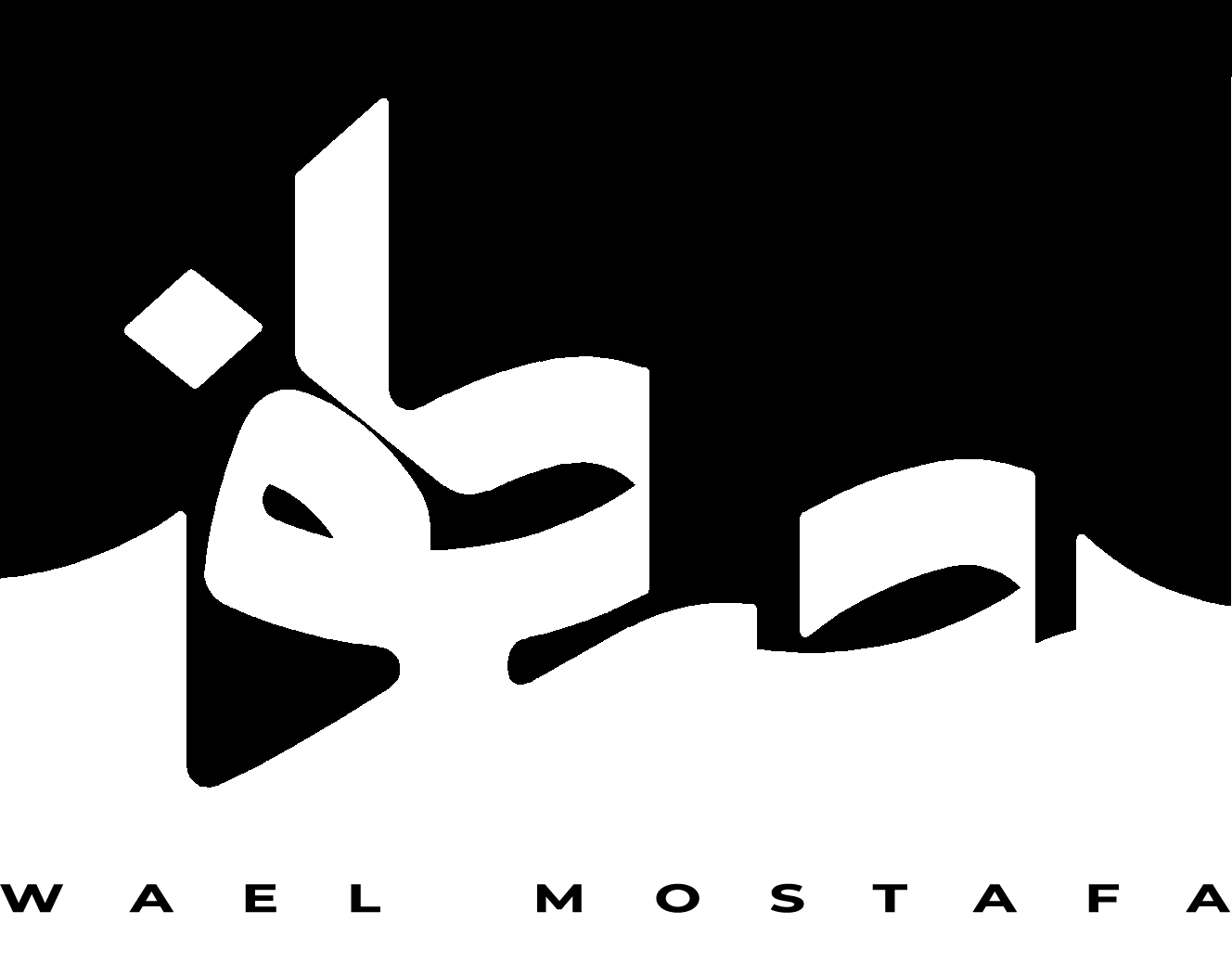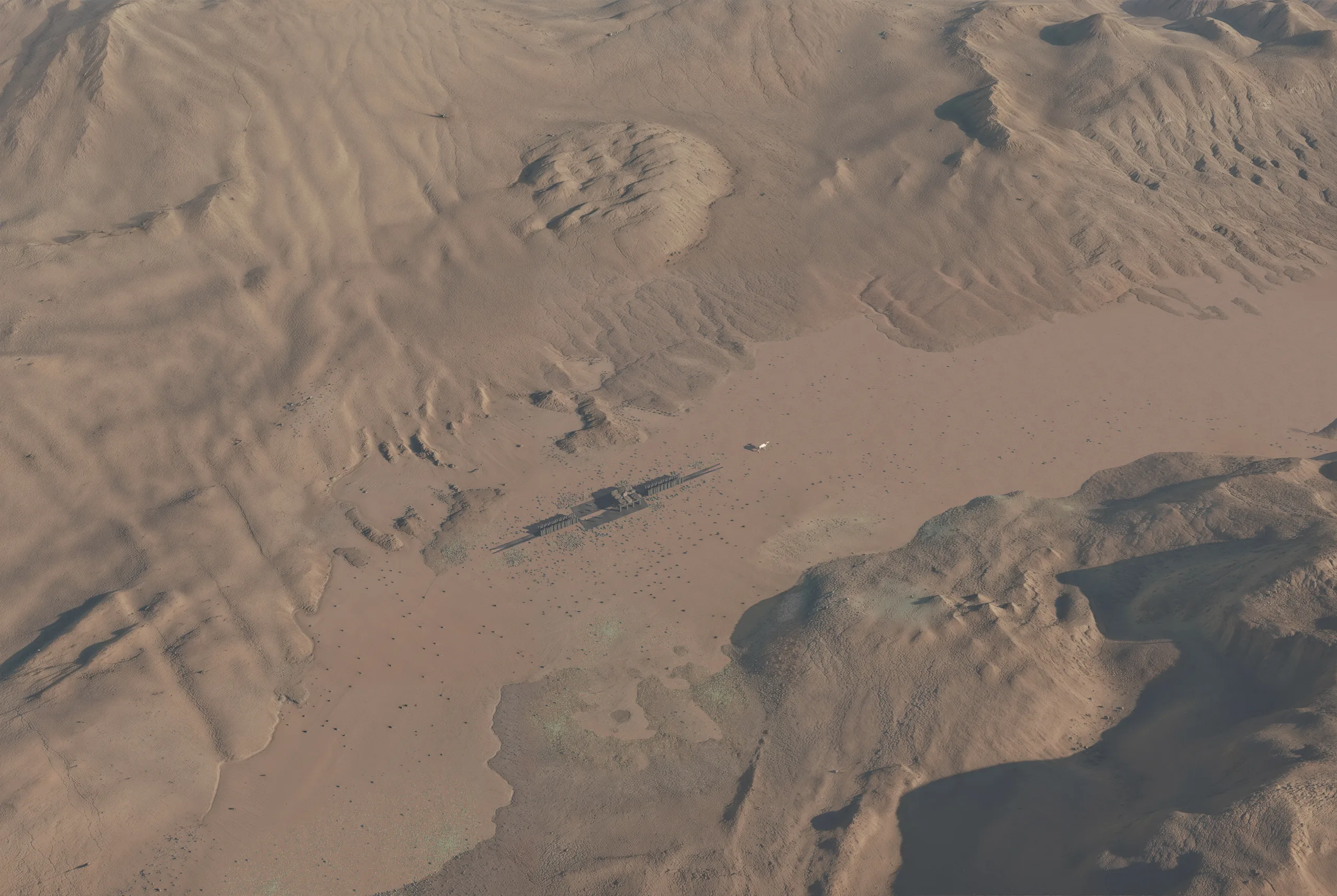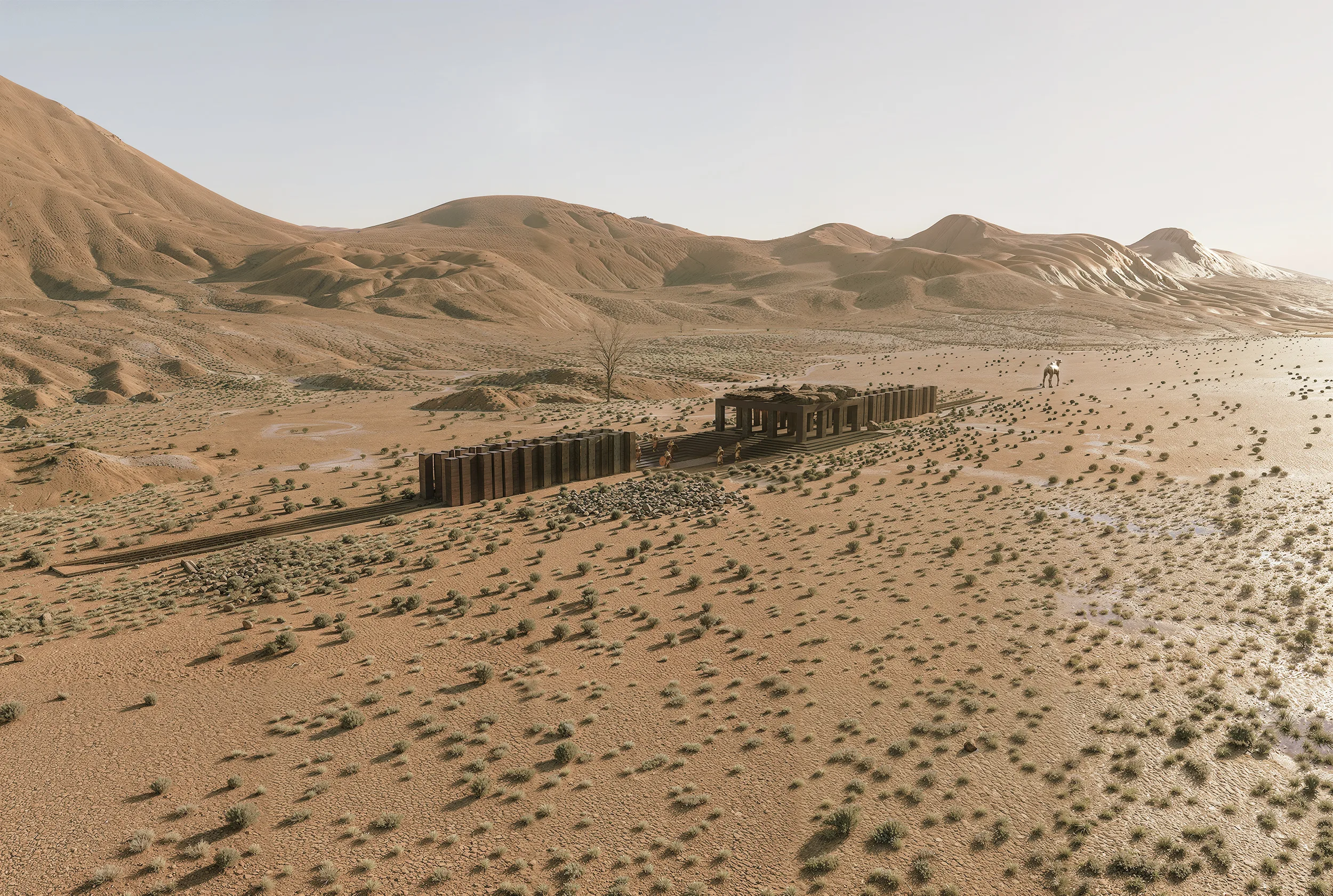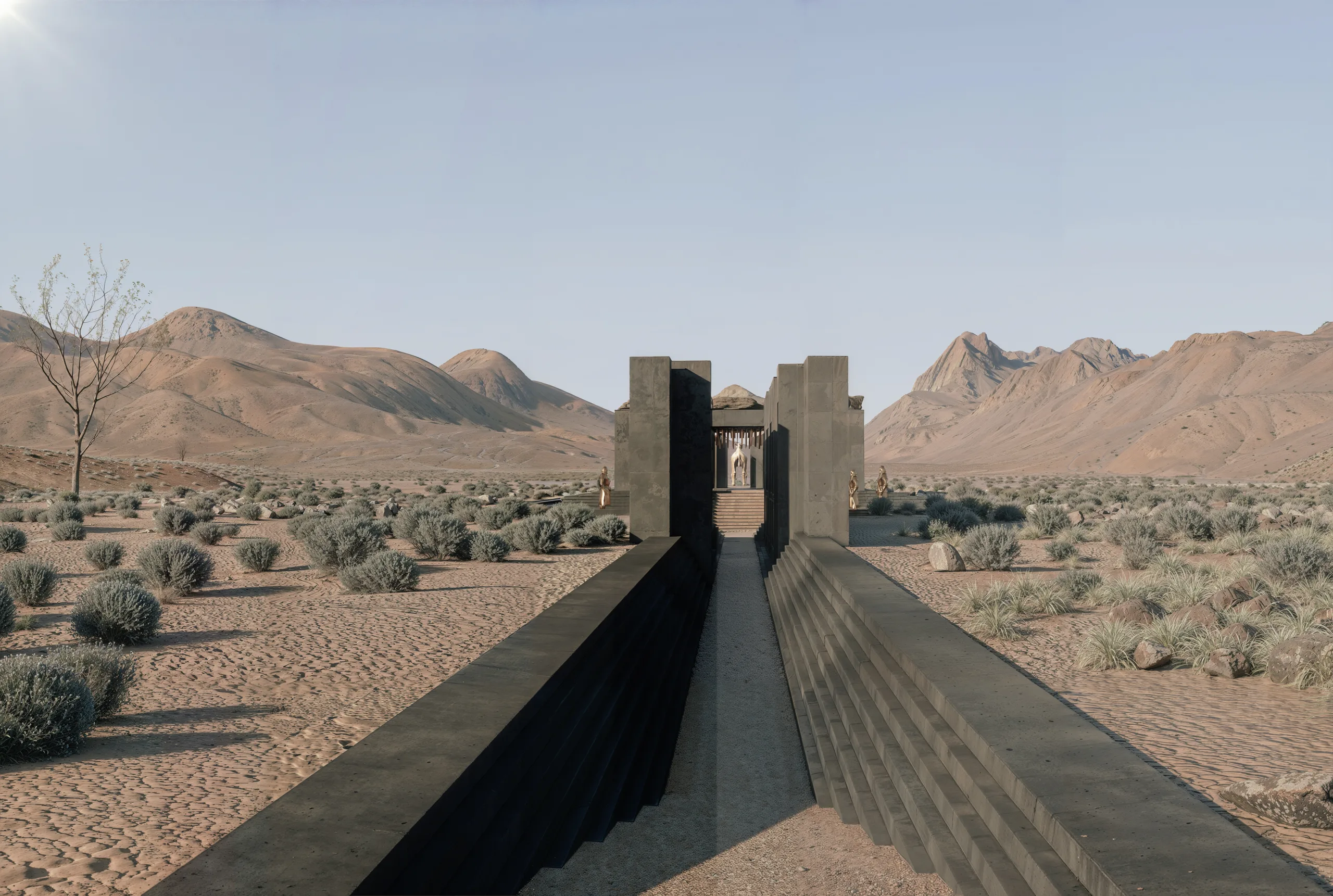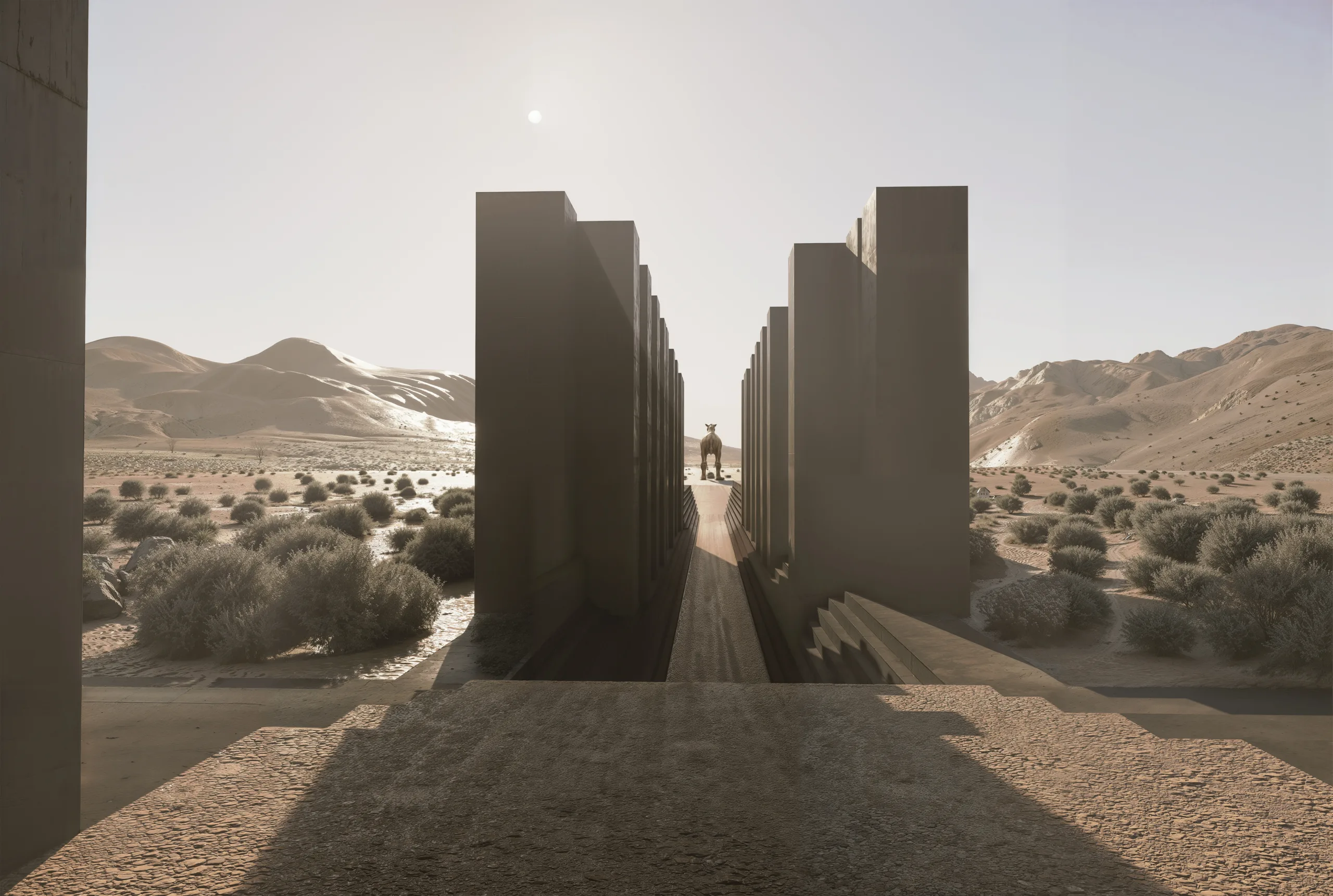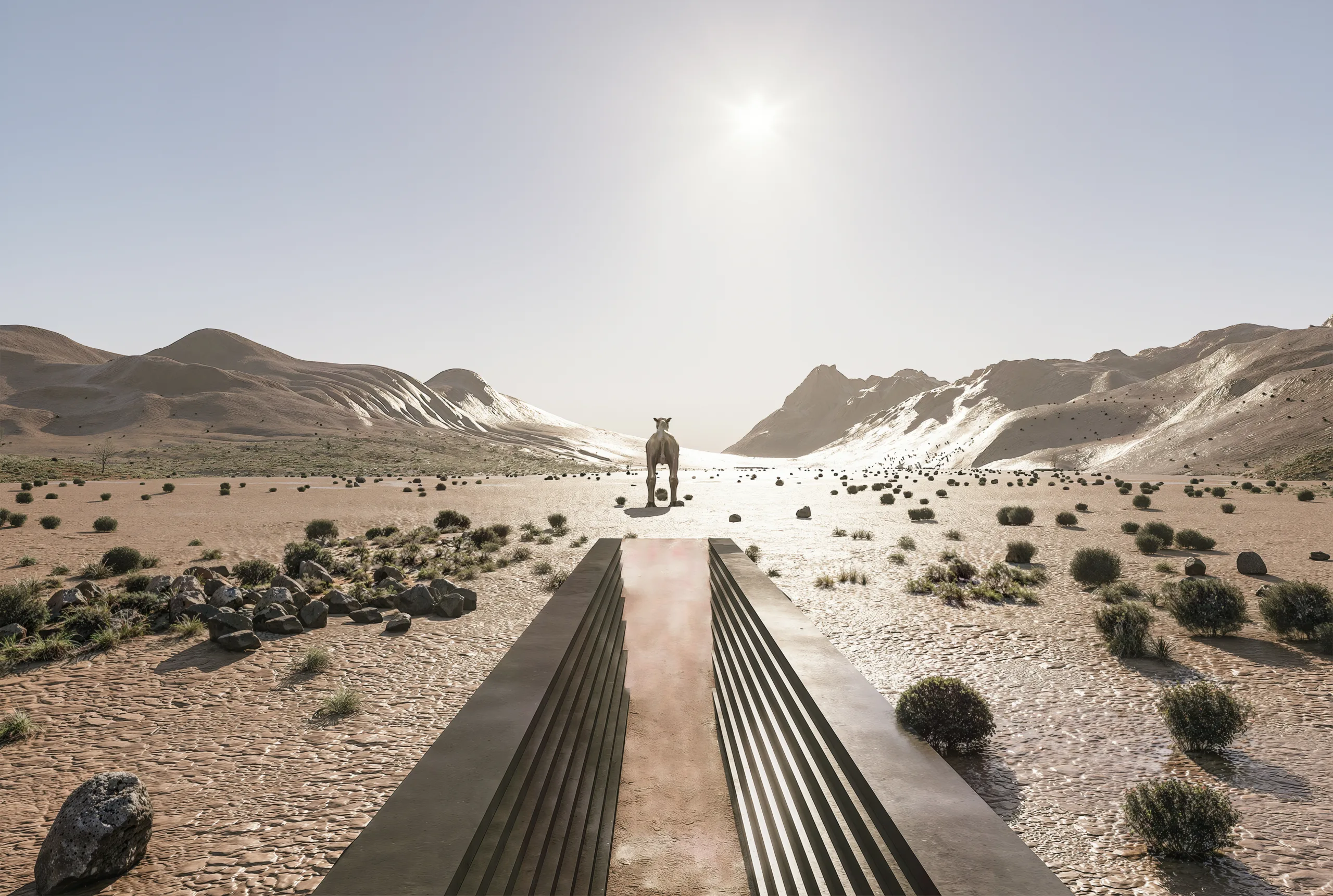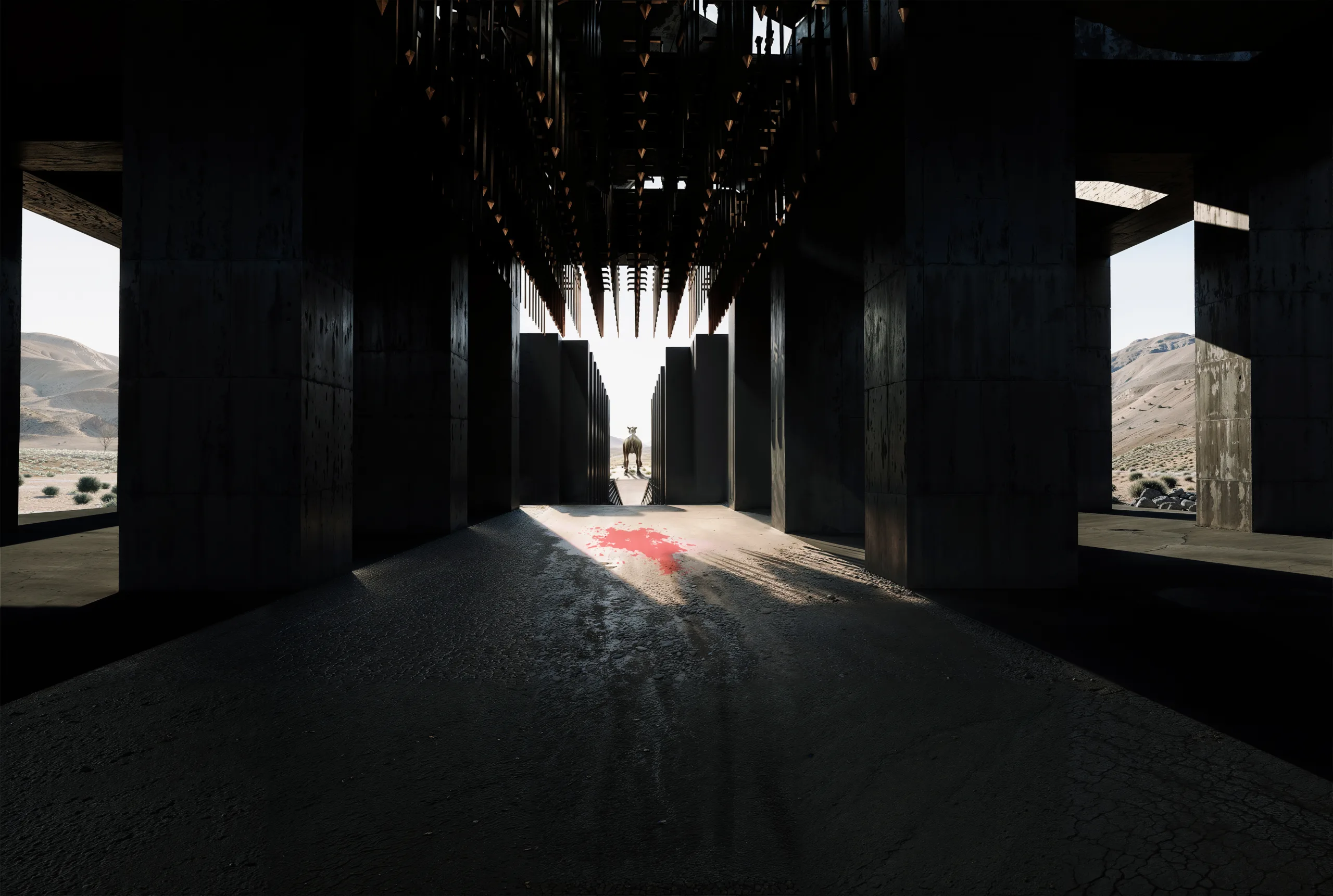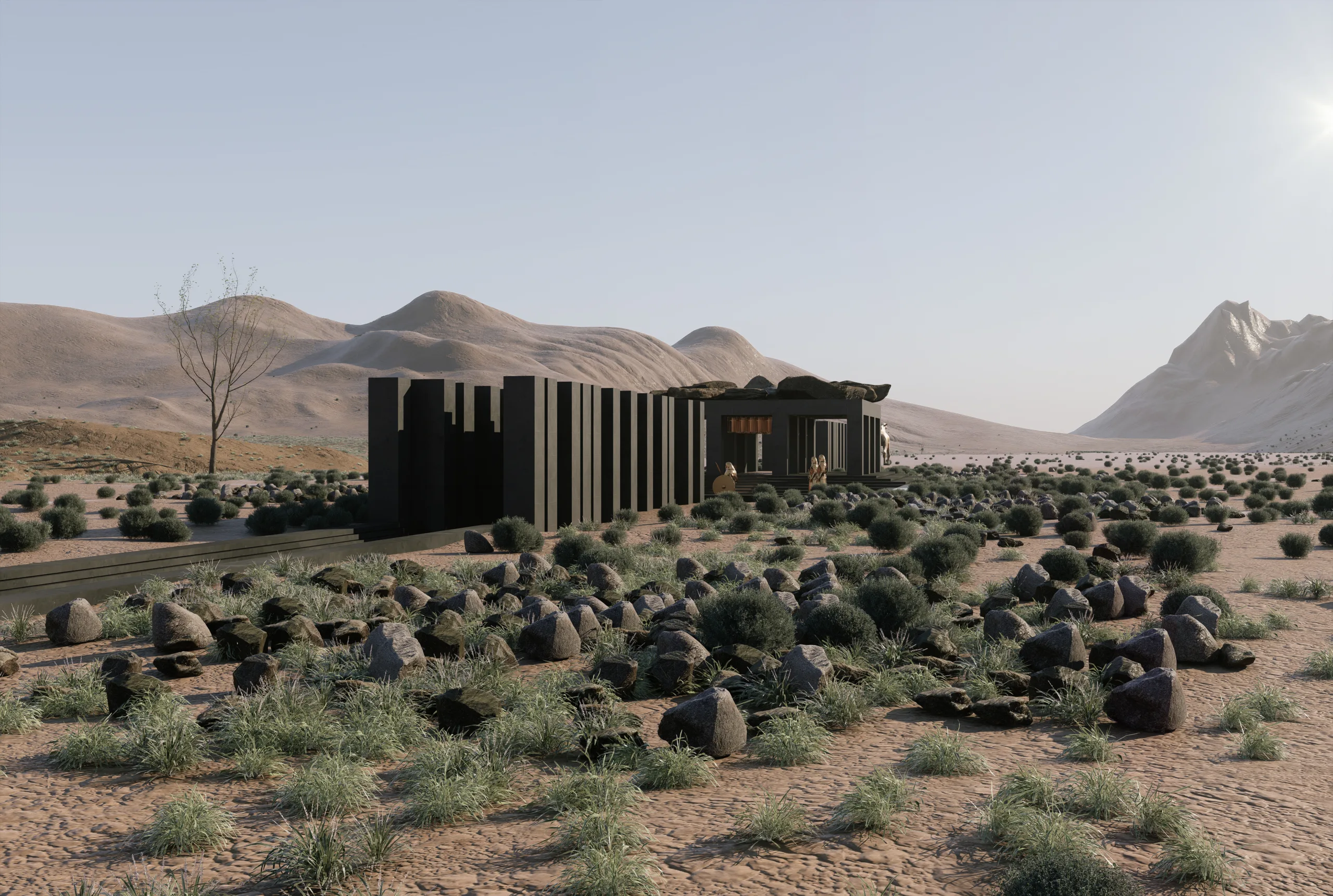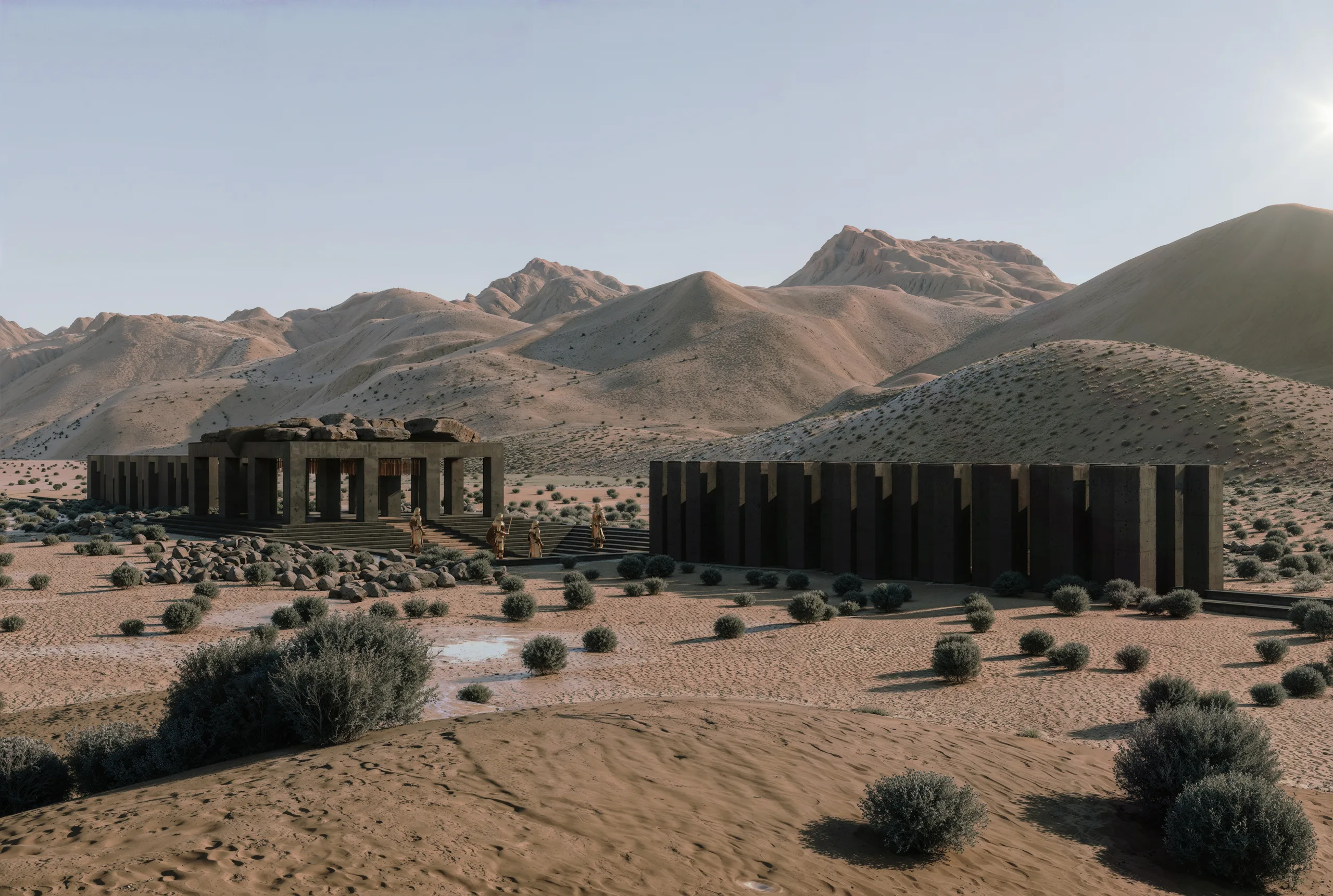
Rakkib" is a memorial in Lebanon’s Beqaa highlands, marking the Karbala captives’ passage. A sunken path between concrete columns leads to a golden warriors’ amphitheater, then to a rocky structure with hanging swords, symbolizing pain and hidden memory. Blending history and local lore, it turns harsh terrain and raw materials into a timeless narrative of tragedy.
The “Rakkib” project is a contemporary memorial that revives a historical memory linked to the journey of the captives of Karbala, translating it into a spatial and symbolic language built on the dialogue between material, site, and historical narrative. The memorial is located in the rugged highlands of the Beqaa, within the Eastern Mountain Range, in a mountainous setting marked by barren rocky peaks, vast sandy valleys, and scattered desert shrubs resisting the dry winds and scorching sun. The continental arid climate—bitterly cold in winter and intensely hot in summer—forms a natural frame that heightens the gravity of the story and deepens its tragic presence.
The design is organized along a sunken longitudinal axis, 1.5 meters below ground level, creating a contained passage flanked by massive concrete columns that rhythmically widen and narrow in irregular intervals. This pattern symbolizes the fluctuations of the journey between cities, as well as the pressures of the crowds and the harassment endured along the way. Integrated with the harsh topography of the highlands, the sunken path makes the visitor feel as though they are walking ancient, perilous trails, enclosed by silent concrete walls that echo the surrounding mountains.
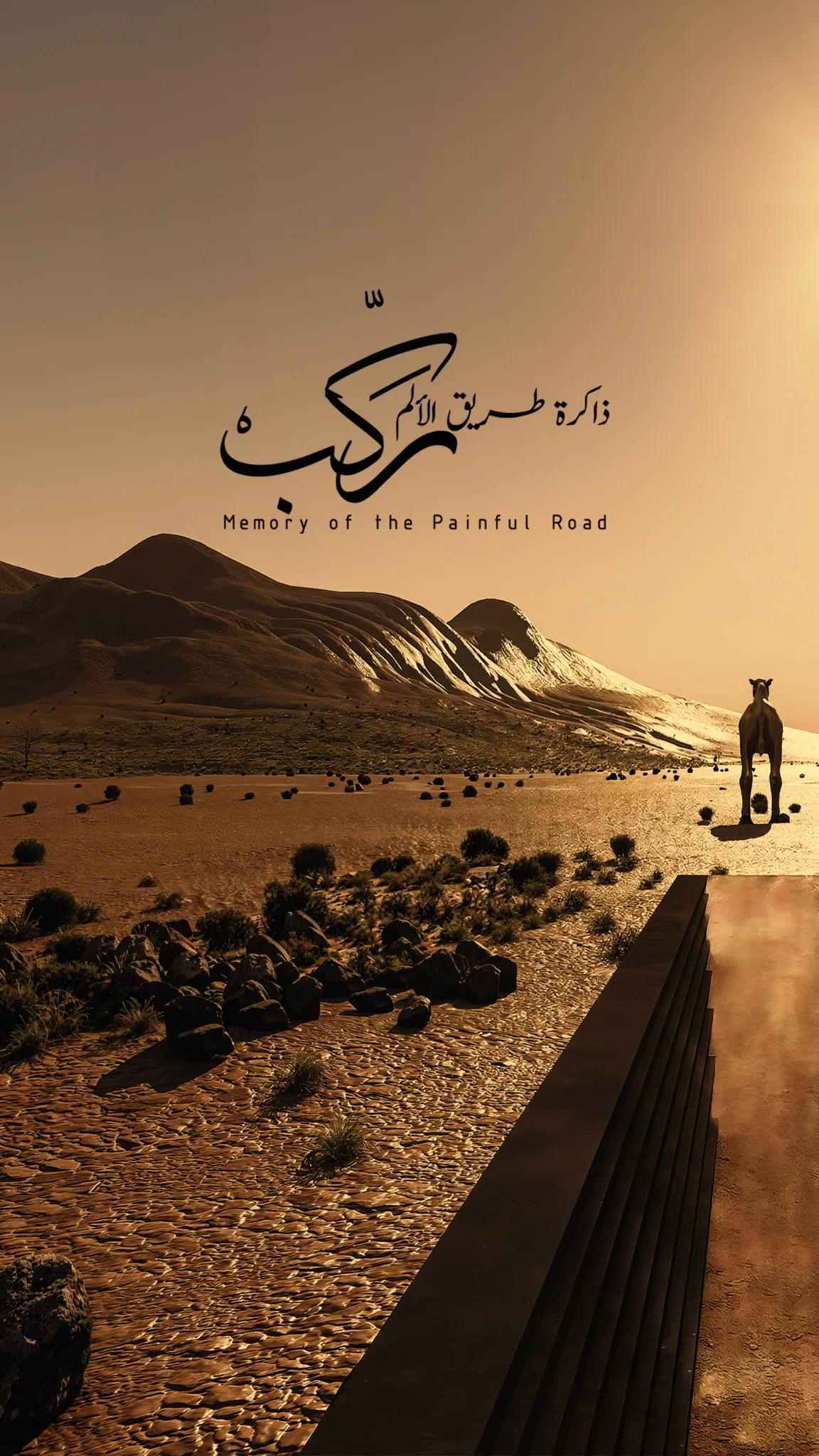
The visitor progresses through this corridor to reach a central plaza shaped like an amphitheater, surrounded by golden statues of warriors standing in heavy, imposing silence. They represent those who fell in the battle of the soul—selling their humanity for wealth—and became part of the tragedy of the road. Positioned along the path, they fix their gaze upon the passerby, evoking a sense of surveillance and intimidation, while the oppressive stillness of the space mirrors the severe climate enveloping the surrounding mountains.
The path culminates in a cubic architectural mass resting on black concrete columns, topped with massive boulders that dominate the visual scene as if they were a natural extension of the barren peaks. Beneath this rocky roof hang golden swords, intersecting in space like frozen metallic tears, while the floor bears symbolic traces of blood. This space embodies the “moment of bleeding” in the narrative—the moment of pain and anguish that nature itself seems to have tried to conceal among the rocks, as though the geography participates in containing the memory and hiding the catastrophe, in a dialogue between natural silence and the enormity of the event.
From here, the route continues through rows of stone columns, signifying that the story did not end at this station but extended onward to Damascus, the seat of the Umayyad rule. The path, winding through arid terrain and sloping hills, reflects the hardships of the historical journey, with the harsh climate itself becoming an element in telling the tragedy.
Historically, the project merges documented facts of the captives’ route—from Homs through Baalbek to Damascus via the ancient Roman road—with local oral traditions that add spatial and cultural depth through the highlands of the Beqaa, in areas such as Ras Baalbek, al-Qaa, Labweh, al-Ain, Younine, and Nahleh. This interplay between the confirmed and the recounted grants the work a philosophical dimension on collective memory, and how architecture can preserve recorded history while embracing oral heritage.
As a whole, the memorial is an architectural reading of tragedy, where raw materials—concrete, stone, and gold—become narrative instruments that mirror the weight of time and the severity of the event. They interact with the surrounding geography and climate to make the visitor an active participant in reliving and absorbing a memory that still pulses in the spirit of the place, just as life pulses within the mountains’ stones under the unforgiving Beqaa sun.
